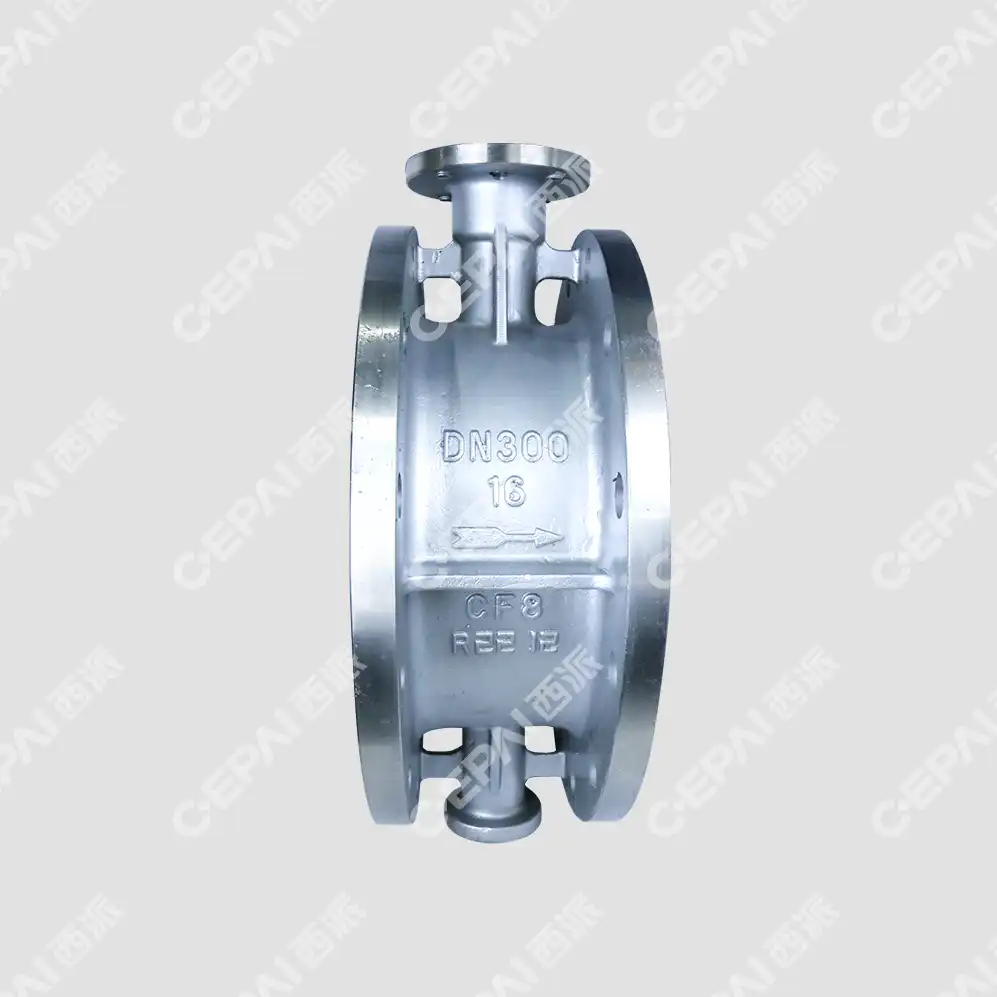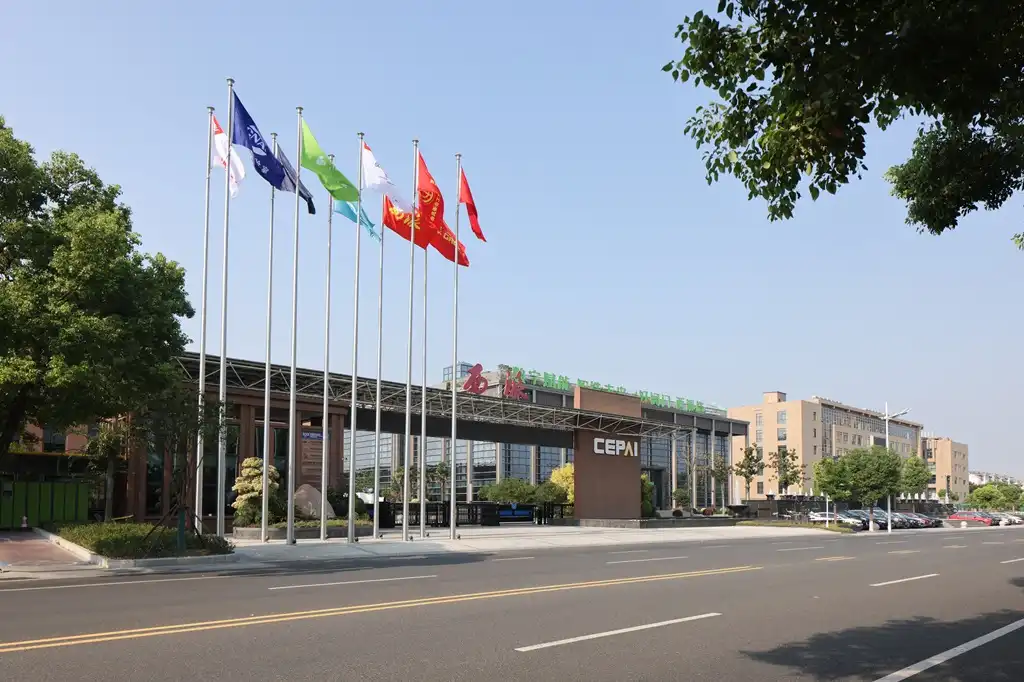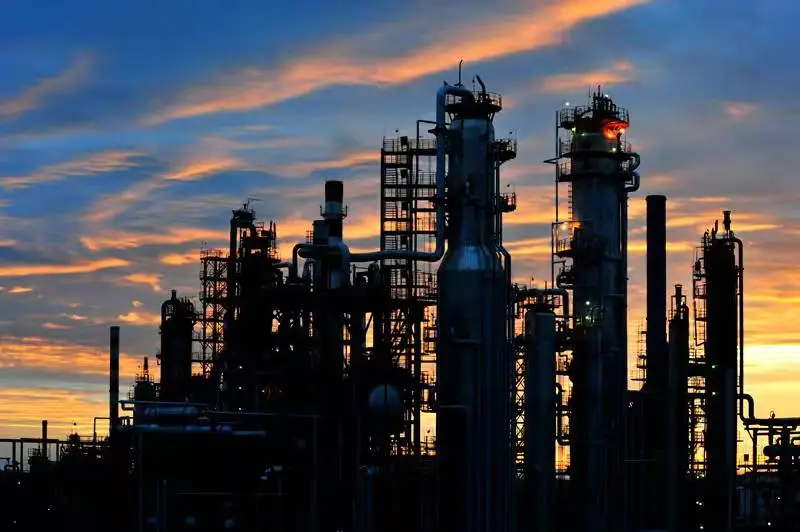The Fundamentals of Metal Seated Butterfly Valve Construction
Core Components and Materials
At the heart of every metal seated butterfly valve lies a carefully engineered assembly of components. The valve body, typically crafted from robust materials such as stainless steel, carbon steel, or specialized alloys, forms the primary housing. Within this structure, the disc – the pivotal element responsible for flow control – is precision-machined to ensure optimal sealing and minimal turbulence. The metal seats, often made from hardened stainless steel or stellite overlays, provide the critical sealing surface. These components work in harmony with the stem, which transmits rotational force to the disc, and the actuator, which controls the valve's operation.
Sealing Mechanism Innovations
The sealing mechanism in metal seated butterfly valves represents a triumph of engineering ingenuity. These valves accomplish a tight shut-off by relying on metal-to-metal contact, as opposed to soft-seated equivalents. The disc and seat are precisely aligned and the surfaces are meticulously finished to achieve this. Among the many modern design tactics used to boost sealing performance and cut down on wear are double and triple offset configurations. Some cutting-edge versions use laminated seals or special coatings to increase the sealing efficiency and improve its lifespan even further.
Actuation Systems and Control
The actuation system of a metal seated butterfly valve is crucial for its reliable operation. Manual handwheels offer simplicity for less frequent adjustments, while pneumatic, hydraulic, or electric actuators provide automated control for more demanding applications. Remote operation and real-time monitoring are made possible by integrating these systems with advanced control networks. Considerations including operating pressure, valve size, and process requirements dictate the actuation mechanism to be used in an industrial setting.
Engineering Considerations in Metal Seated Butterfly Valve Design
Pressure and Temperature Ratings
One of the primary advantages of metal seated butterfly valves is their ability to withstand extreme conditions. The pressure and temperature ratings are crucial factors that engineers must thoroughly analyse when developing these valves. This necessitates the use of materials whose mechanical properties are unaffected by extreme heat and stress. To validate the valve's performance across its operational range, computational fluid dynamics simulations and finite element analysis are necessary. Thermal expansion, possible pressure spikes, and cycle stresses from repeated open-close operations must be considered in the design.
Flow Characteristics and Hydraulic Performance
The hydraulic performance of a metal seated butterfly valve is a critical design consideration. The shape and profile of the disc significantly influence flow characteristics, pressure drop, and cavitation potential. To optimise the design of the disc, engineers use sophisticated modelling techniques to reduce turbulence and guarantee smooth flow transitions. Features such as meticulously shaped internals and simplified flow routes lead to greater efficiency and reduced wear in the valve body design, which is optimised. With minimal energy losses and maximum valve life, we aim to achieve accurate flow control.

Corrosion and Erosion Resistance
In many industrial applications, metal seated butterfly valves face corrosive or erosive media. A multi-pronged strategy for material choice and surface treatment is necessary to overcome these obstacles. To safeguard susceptible parts, engineers might recommend corrosion-resistant metals or apply protective coatings. Applying toughened materials or specialised overlays to high-wear areas is an option for erosive services. Finding the best solution for each application typically requires designing around trade-offs between material prices, performance benefits, and long-term reliability.
Applications and Industry-Specific Adaptations
Oil and Gas Industry Solutions
Valve technology faces some of its toughest tests in the oil and gas industry. This sector makes heavy use of metal-seated butterfly valves across the board, from production and exploration upstream to distribution and refining downstream. These valves are used on offshore platforms and they have to be able to resist the intense pressure and acidic water of the ocean. When it comes to high-temperature processes, refineries can't run without them for isolation and control. The design adaptations for this sector often include fire-safe certifications, fugitive emissions control features, and compatibility with a wide range of petrochemicals.
Power Generation and Steam Systems
In power generation facilities, metal seated butterfly valves play a crucial role in steam distribution and turbine bypass systems. Valves that can handle extremely hot and pressurised steam are necessary for these applications. To make sure everything works reliably, engineers pay attention to thermal stress management and add things like thermal relief vents and specialised stem packing. In order to keep up with the ever-changing needs of power plant operations, the valves need to have quick response times and precise control features.
Chemical Processing and Specialized Industries
Because of the frequent use of reactive or extremely corrosive fluids in the chemical processing industry, valve design in this sector is notoriously difficult. Metal seated butterfly valves for these applications may incorporate exotic alloys or advanced surface treatments to resist chemical attack. In some cases, custom sealing technologies or novel actuation methods are developed to address specific process requirements. Valves designed to manage aggressive chemicals or abrasive slurries are a need in other niche industries like mining and pulp and paper manufacturing, which are at the cutting edge of engineering and material science.
Conclusion
By fusing sturdy build with accurate flow control capabilities, metal seated butterfly valves stand as the apex of valve engineering. They are indispensable in many different fields because to their reliability in harsh environments. As innovation propels, it's conceivable that materials, fixing components, and control frameworks will proceed to get superior. This will greatly increase the performance range of these important parts. If engineers and other professionals in the field want to optimise their operations and make sure their fluid handling systems last and work efficiently, they must understand the complexities of metal seated butterfly valve design.
Contact Us
For cutting-edge metal seated butterfly valve solutions tailored to your specific industrial needs, look no further than CEPAI Group. Our advanced valve designs, backed by rigorous quality certifications and innovative engineering, ensure superior performance and reliability in even the most demanding applications. Contact us at cepai@cepai.com to discover how our expertise can elevate your industrial processes to new heights of efficiency and durability.


_1746598531170.webp)



